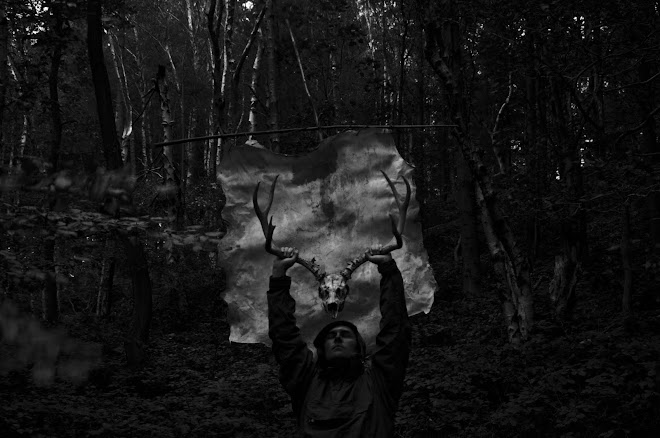skip to main |
skip to sidebar
Wot I Did On My Holidayz VI: The Nightjar





I was now aiming for the coast, which I could hear and occasionally see over the tops of the low shrubs and trees and I knew that my way lay down hill and towards the sun but the going was getting tougher and I was often forced to turn back and look for less difficult paths through the thick and painfully prickly bush. On one of these detours I came to an open area between the higher bushes and here I stopped dead in my tracks as if smacked in the face by a cricket bat because lying under the lee of a bush, it’s tawny brown feathers doing the opposite of what they should in the pale dry grass, was a Nightjar.
I have never seen a seen or heard a Nightjar (Caprimulgus europaeus) in the UK but here, in the space of an hour I had heard them calling, seen two of them on the wing in the last dark minutes of the night and was now face to face with one as it roosted on the floor. Was there ever a less birdlike bird that the Nightjar? As I dropped to my knees and crawled forward it looked more like a winged fish or a hybrid reptile than a bird. Its bill was short and pointed, rising from high on the birds head. Like all ground nesting birds it remained deathly still in an attempt to throw off any would be predators and at first I thought this individual was dead, a trick made all the more plausible by the narrow eye slits through which the animal watched me. My heart pounded as I fumbled for my camera, this was a once in a lifetime close encounter with a bird seldom seen at such intimate quarters and I did not want to blow my chances.
I quickly knocked off a couple of snaps, wobbly and poorly focused so much adrenaline was pumping through me. I crawled closer to the bird, not caring about the sharp rocks and thorns or the ants and ticks and took another picture. Still the bird did not move. I could see the black whiskery feathers that protrude from the sides of the bill, I could see the eyes dilated and glassy behind the closed lids, only the narrowest slits remaining open. I inched closer until I was only a metre away from the bird and took another picture, in greater detail and this time, as the low newly risen sun lit up the small open glad the bird erupted in that sudden, startling burst of flight that ground birds have and flew off, not far – only to the other end of the clearing before landing awkwardly and flapping around noisily with one wing raised in the air. This may have been a ruse to draw me away from what it had been sitting on – two pale eggs speckled with brown and blue lying in a bare circle of hard red earth.
My heart had not stopped racing since I first saw the bird and now, with the added shock of its sudden fright and the elation of finding the nest I quickly rose to my knees and took some pictures of the eggs before getting up and legging it in the opposite direction to the hen. Early August is late in the season to be sitting on eggs, even in southern Europe and I did not want to disturb the bird more than I already had, especially if martens or hedgehogs were in the area foraging for fresh eggs.
Like all the Children of Nyx the Nightjar has acquired a body of lore and myth that paints it as a sinister and malevolent visitor from the Nightside of the Tree. Rural folklore in Britain has it as the stealer of milk from goats and cows (it’s zoological name “Caprimulgus” means “Goat Sucker”), as well as being a trope for Puck and the powers of nocturnal mischief and misrule. The demon-mother of Hebrew mythology, Lilith, is described as “the Nightjar”, and the bird appears in the description of Edom’s utter desolation and of the things inhabiting its ruins. (Isa 34:14) The Hebrew term may be a loanword from ancient Sumerian and Akkadian from the name of a mythological female demon of the air (Lilitu). The Hebrew word (li•lith´) is derived from a root word denoting “every kind of twisting motion or twisted object,” even as the Hebrew word la´yil (or lai´lah), meaning “night,” suggests a “wrapping itself round or enfolding the earth.” Such derivation of li•lith´ may likely point to the nightjar as both a nocturnal feeding bird and one noted for its rapid twisting and turning flight as it pursues moths, beetles, and other night-flying insects.
How many have looked the Nightjar in its slit eye in the first rays of dawn?







1 comment:
wonderful post- i was excited to read of your close encounter- I have yet to see a Nightjar in person-lucky you, and eggs too-!
Post a Comment